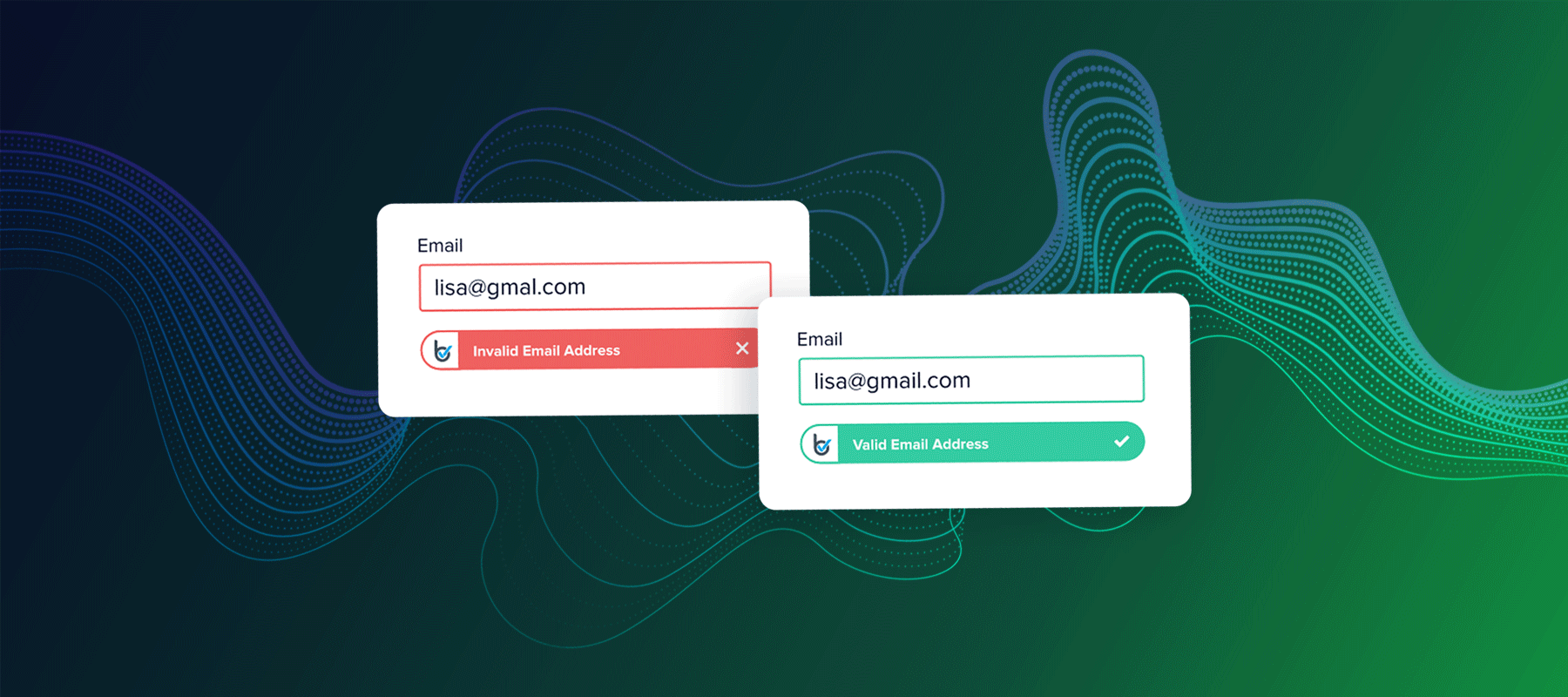
Email is consumers’ preferred channel for receiving marketing communications, and the basis of any email marketing program is the quality of the mailing list. Having a database of accurate email addresses is an asset for any business, but just like a home or a car, these databases require regular maintenance. So, what does it take for businesses to avoid problems and keep their mailing lists healthy? The answer is email verification.
What is email verification and why is it important?
Email verification ensures the email addresses on your mailing list are real before you send to them, preventing you from wasting time, money, and resources targeting bad email addresses. Email verification reduces the risk of high bounce rates, spam trap hits, and blocklistings – all of which can negatively impact IP reputation and deliverability. These factors can also cost money, as wasted cost per acquisition and reduced customer lifetime value mean diluted return on investment (ROI). You can check your IP Reputation score on our website, or get a more detailed report within our Everest solution.
Some common approaches to validating new email addresses include double opt-in (DOI) and coding manual rules. However, each of these approaches comes with potential downsides:
- DOI creates a longer sign-up process for subscribers, who may not click the confirmation link. On average, 25% of new subscribers drop out of a DOI process, resulting in a loss of potential revenue.
- Coding manual rules is time-consuming and risks human error. Plus, the rules can quickly go out of date.
A simpler, more effective, and more cost-efficient option for email verification is BriteVerify.
What is BriteVerify?
BriteVerify is the industry’s longest standing and most complete email and contact verification solution. BriteVerify checks for:
- Whether address elements are in the correct order, there are no spaces or commas, and the @, dots, and domain extension are in the right places; and
- Whether the email domain exists by pinging the mailbox provider to confirm the email address is active.
The solution can also identify role accounts (support@, info@, etc.), which I would recommend removing from your lists. These kinds of addresses do not belong to individuals, and high levels of these addresses may be a sign of list harvesting by mailbox providers (MBPs).
Where should email verification be implemented?
Based on my experience, stopping bad addresses from entering your database at the time of sign-up using webforms or point of sale (POS) systems is most impactful. When given verbally or handwritten, addresses are more likely to be inaccurate.
Often, if forced to provide their email while making a purchase, people will deliberately provide disposable addresses. Such email addresses will self-destruct and are only valid temporarily. Inline verification will immediately prompt the user to correct the address.
With BriteVerify, senders can also bulk cleanse their full email databases using a simple drag and drop process, validating all addresses in a single pass.
When should email verification be implemented?
If you are unable to implement real-time email verification, you should clean your lists at least once every six months, or more frequently if you have large volumes of daily sign-ups. Remember, email addresses do not stay valid forever as people change jobs or get married, and email databases decay naturally by about 22.5% per year. MBPs will typically generate bounce notifications for dormant email addresses for at least six months, after which they may be repurposed as spam traps.
Conclusion
The average email customer lifetime value (CLV) is £35, which is around AUD$60. Therefore, every bad email address has a significant financial impact because of wasted acquisition costs and future revenue that will no longer be earned. With millions of customers entering and leaving CRMs daily, email verification plays a crucial role in boosting your marketing efforts. Click here to learn more about how BriteVerify can help you improve the quality of your mailing list.